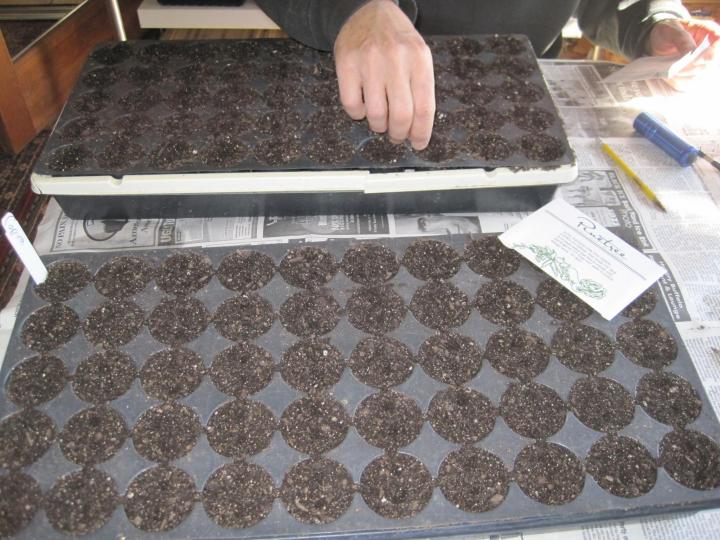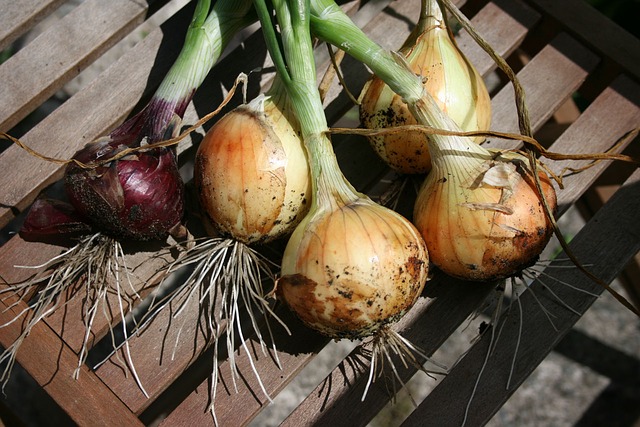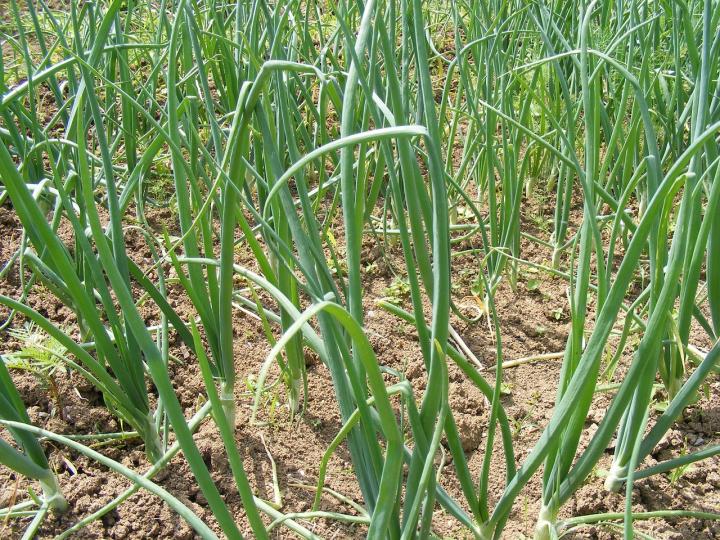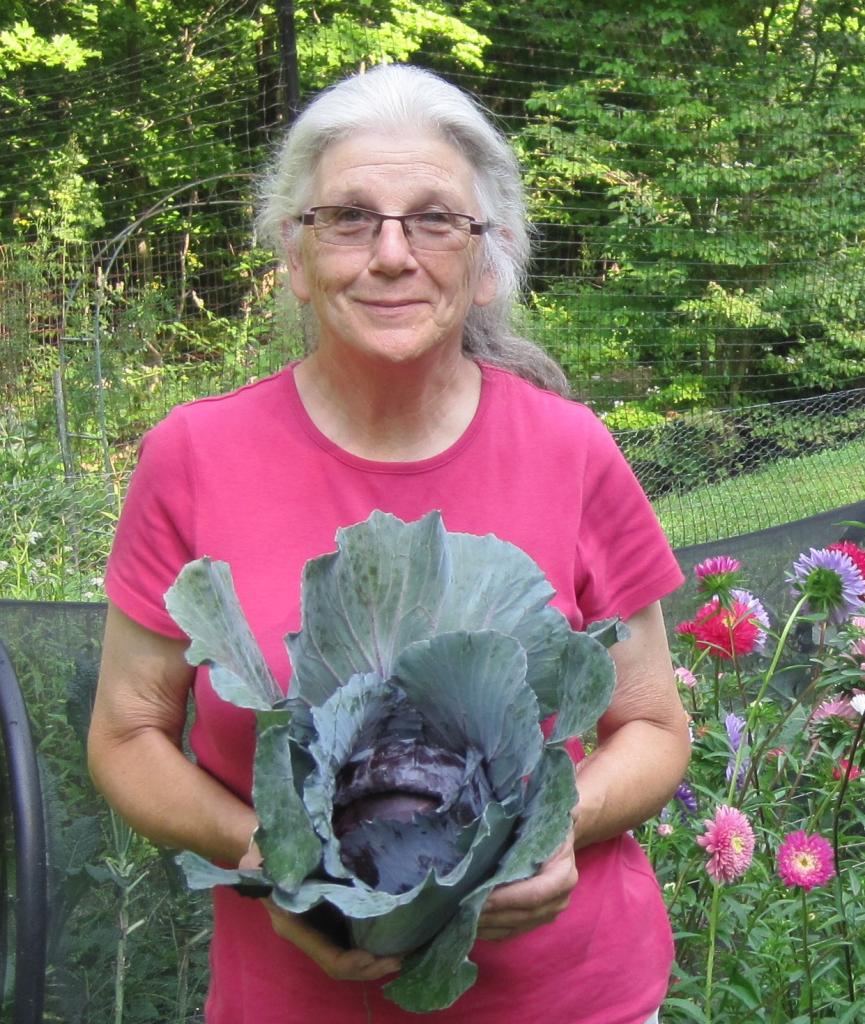
Onion Planting and Harvesting Tips
ADVERTISEMENT
I'd be glad for more tips on growing onions. There were a few that I was surprised that were missed. Onions do not like to be planted deep. They must be planted shallowly, and mulch kept away from them for them to grow bulbs. If you plant them too deep you just get green onions. If you start them from seed, you need to give them a "haircut" when they are about 4" high to help them produce bulbs. Mine did not do well this year - I don't think I planted early enough, and our soil is poor. But I'll keep trying and watching for tips!
do you grow garlic the same as onions and how long till harvest , can they be planted at any time of the yr.
Hello I am in Wyoming and am trying for years to grow large onions. Is it possible here? I start seeds early and plant in the ground at the proper time using long day onions and also plant sets in the ground at the same time. We have a very short growing season maybe 3 months if we are lucky. My problem is they never grow any larger than a large egg? the tops occasionally fold over but not very many fold before we freeze outside (this year 24 degrees the very beginning of Oct.) Would covering them like a cold frame help in the fall to allow them to grow longer? been trying for years now and have the same results. I grow walla walla and have tried a lot that claim to be large but to no success any help would be a blessing and Thanks for your time.
Have you thought of doing a plastic tunnel cover when it gets closer to fall?
How frustrating for you! I have heard that the growing season in Wyoming ranges from short to very short. There are many other factors to consider too. Since soil is the key to any success in the garden, have your tested to make sure nothing critical is lacking. Onions like loose, crumbly, sandy loam with a high level of organic matter. Since onions are shallow-rooted, competition from weeds will affect their growth so be sure the beds are kept weed-free. To grow a good-sized bulb, water is important. The closer you get to harvest time, the more water is needed. Stop watering when the tops begin to fall over. Fertilize early on every 2-3 weeks with a high nitrogen fertilizer then stop fertilizing when the bulbs start to swell. Usually this happens around the time of the solstice when there is 14-16 hours of daylight. Harvest when 2/3rds of the tops have fallen over. In your area the onion season is typically from mid-April planting to mid-Sept. harvest. If your plants look like the tops still want to grow, by all means try covering them with reemay or some other form of protection from the early cold to keep them growing. Bear in mind that it is not only temperature that signals them to be done but also day length which is something you have no control over. It would not hurt to try some other varieties. I also have a short growing season and have found that generally 'Ailsa Craig' gives me larger onions than 'Walla Walla' and earlier too. Hope some of this helps!
I’m sorry if I missed this in the article, I looked but didn’t notice it.. when is the best time to transplant the seedlings to the garden?
Onions are pretty cold hardy so they can be planted early in the spring, as soon as the ground can be worked. Look at the link to the Almanac's Onion Growing Guide for more info.
as below Jan 26, 2017 ---seems to be a broken link, I cannot access this
What is the best time to start the onion seeds indoors? I live in a 5a Zone.
Go to the Gardening section of this Web site for the planting calendar: https://www.almanac.com/gardening/planting-calendar












